HMD founder Anna Hart is privileged to have been asked to take part in Design Insiders Sustainability Interview Series. The common theme we saw across all these interviews is the value of open conversations. Being sustainable isn’t something we can do alone as a design practice – we need our clients, our manufacturing partners and the end consumer all to care in order to be able to do a better job, together. Read the interviews here.
Interview Insights | GAIL’s bakery
We recently asked GAIL’s to take part in our Insight Interview series digging in to how they navigate sustainability as the business grows.
Property Director, Brett Parker and Senior Project Manager, Michelle Pollard-Smith joined us to discuss what they’ve learnt, the opportunities they feel still await and how we can always do better when we share our experiences. If you’re not familiar with GAIL’s then check them out here.
Their first high street bakery was established in 2005; Michelle joining in 2015 and Brett in 2018. Under the leadership of Managing Director, Marta Pogroszewska the business has grown from opening 10 sites a year to opening 30 in 2022 alone and that brings them up to circa 110 stores with further stores underway. Read here INTERVIEW_INSIGHTS_Gails_May2023
Interview Insights | Beltrán Soto Fernández de Córdova
International perspects are good.
It’s easy to be in a bubble thinking only about how we see the world so we were delighted to be joined on this Insights Interview by Beltrán Soto Fernández de Córdova who’s Marketing & Innovation Director at Grupo Restalia in Spain.
Huge thanks to Beltran for his time sharing his perspective on how where they’ve seen growth over the last few years, the COVID impact and their plans for the future across their 6 individual brands.
An introduction to our Interview Insights
In 2020 we started work on a concept research project as we suddenly had a little more time on our hands.
We set out to explore the idea of the common threads that are woven through our work and the wider business of hospitality. We started some conversations we’d never had before, we started learning new things, and we were enjoying ourselves – so we’ve made it a ‘thing’. And that thing is our Insight Interviews which you’ll see the results of published here periodically.
As designers our work often involves a chunk of research before we even start to look at the visual impact of a brand. The actual build of a project is part of a much wider brief for any business that is establishing itself or growing – our work is but a fraction of that story. However, that fraction is a great catalyst for conversation, research and review of the wider goals of the business.
As we develop a scheme we explore ideas that cover the business offering, operations, brand building, sustainable development, F&B offerings, marketing and customer engagement. We aren’t always involved in every aspect of these conversations roaming and explore outside our core services gives us better insight to shape spaces where good things happen.
We looking forward to sharing some of our favourite content with you over the months ranging from conversations with chefs, graphic artists, business owners, retail consultants and marketeers and more.
Interview Insights – Nick Garston
A broken record
Do Net Good Sustainability Strategy
Interview Insights – Justine Fox
Interview Insights – chef and author James Strawbridge
Interview Insights this month come from a great conversation with chef and author James Strawbridge.
Read our insights here on creating some noise, bringing a community to the streets and why we need more family friendly dining.
ON VARIETY
A community feel to be brought to the streets. We’re not homogenous in our tastes, great long table,
wild dining experiences, where it’s okay to be more fluid….acknowledging that people don’t want to sit down to eat all at the same time.
Coffee shops is a good example of spaces where you’re having variety both in coffee offering style of drink but also in the food you eat with it, a panini, a merginue, a full plated meal; you then find your own space, grab and go with a wait for some quality food, a more organic evolution of what we eat.
ON INTERIORS
I would get rid of the phrase interiors.
Focus on space because exteriors are going to be worth millions in redeveloping space in order to have dining, social spots, outdoor kitchens. In terms of design there’s very few people who are doing hybrid indoor / outdoor where it’s seamless. People will be excited to see something new on the horizon.
LETS MAKE SOME NOISE
Creating a good space where people have a jolly good time.
I think you’ll see more casual fine dining coming along. British restaurants have been very formal for a long time, more alfresco, continental family dining experience where children can be noisey, wine can be split, without “silence” we’ve got to chill a bit more in hospitability.
How can we help you make sustainable choices?
How can interior designers help the hospitality sector when it comes to carbon footprints?
We are signatories of the Science Based Targets initiative (SBTi) and as a business our sustainability goals are aligned with the UN Sustainabilty goals. In our day to day work we are constantly exploring how we can make the end product of our work more sustainable.
Here’s a snapshot of a few things that we feel are easy wins when looking at furniture and materials:
Wood is good, so long as it’s manufacturer responsibly.
Asking for certification of FSC certified timbers in the production of furniture is really important. This protects natural habitats ensuring responsible management of forests.
Carbon neutral might not be as good as it sounds.
Often there are off-sets involved so when comparing products consider other factors that contribute to the broader view of sustainability. Timber chairs for example have a smaller carbon footprint than steel frame chairs but it is worth considering the social sustainability and the shipping – where they were made and by whom.
Think about end of life.
If a product is made from recycled materials, it may not actually be recyclable again.
We are asking our suppliers how material innovations are recyclable for circular production? Many materials have to be shipped off-shore at end of life to be recycled so there is going to be a carbon impact at end of life.
We can’t make it all perfect.
Reducing our impact is taking time. Everyone is learning and we’re making informed choices and balanced decisions as we progress. It’s not about being perfect but looking for opportunities to make a change.


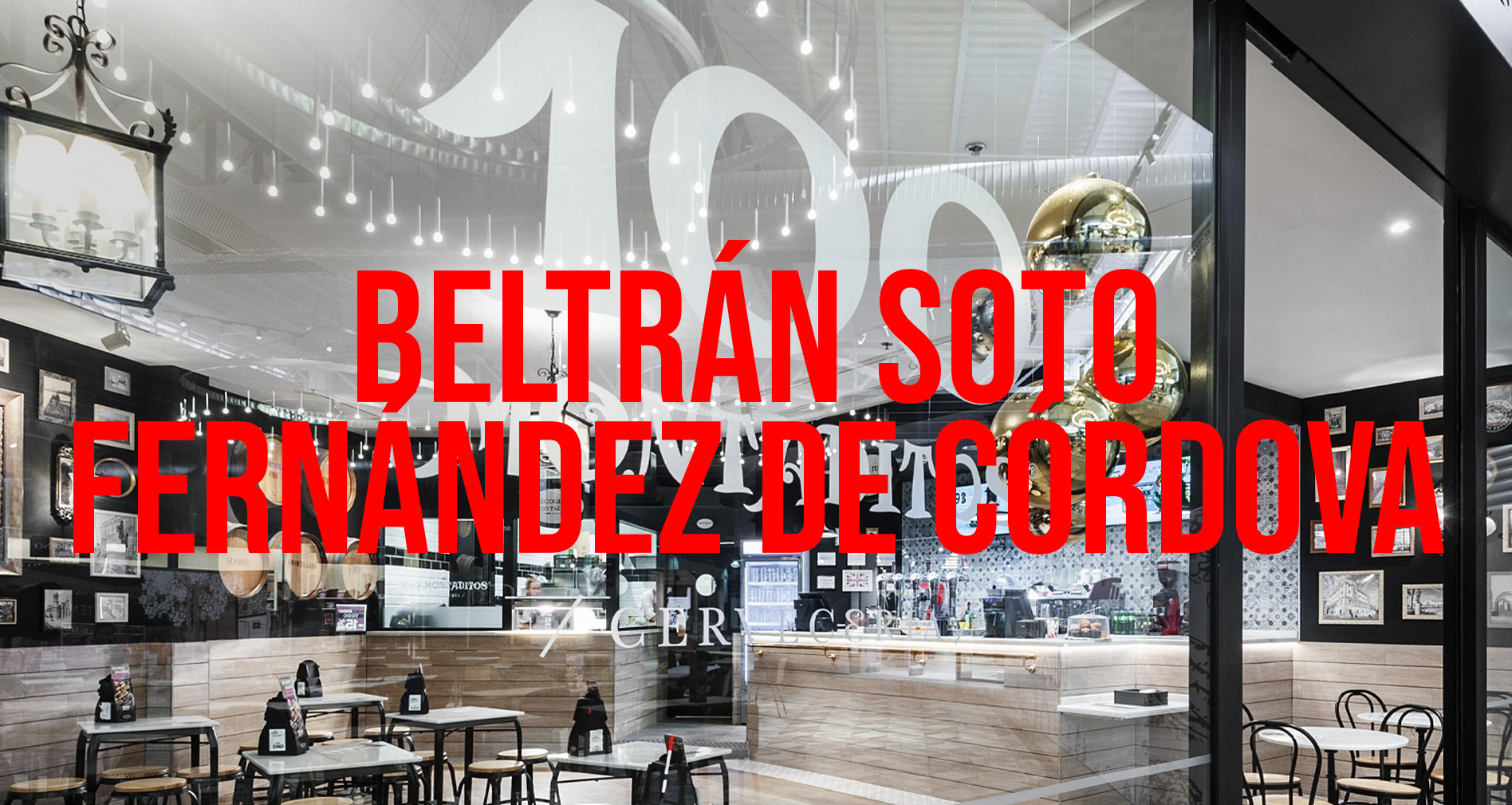
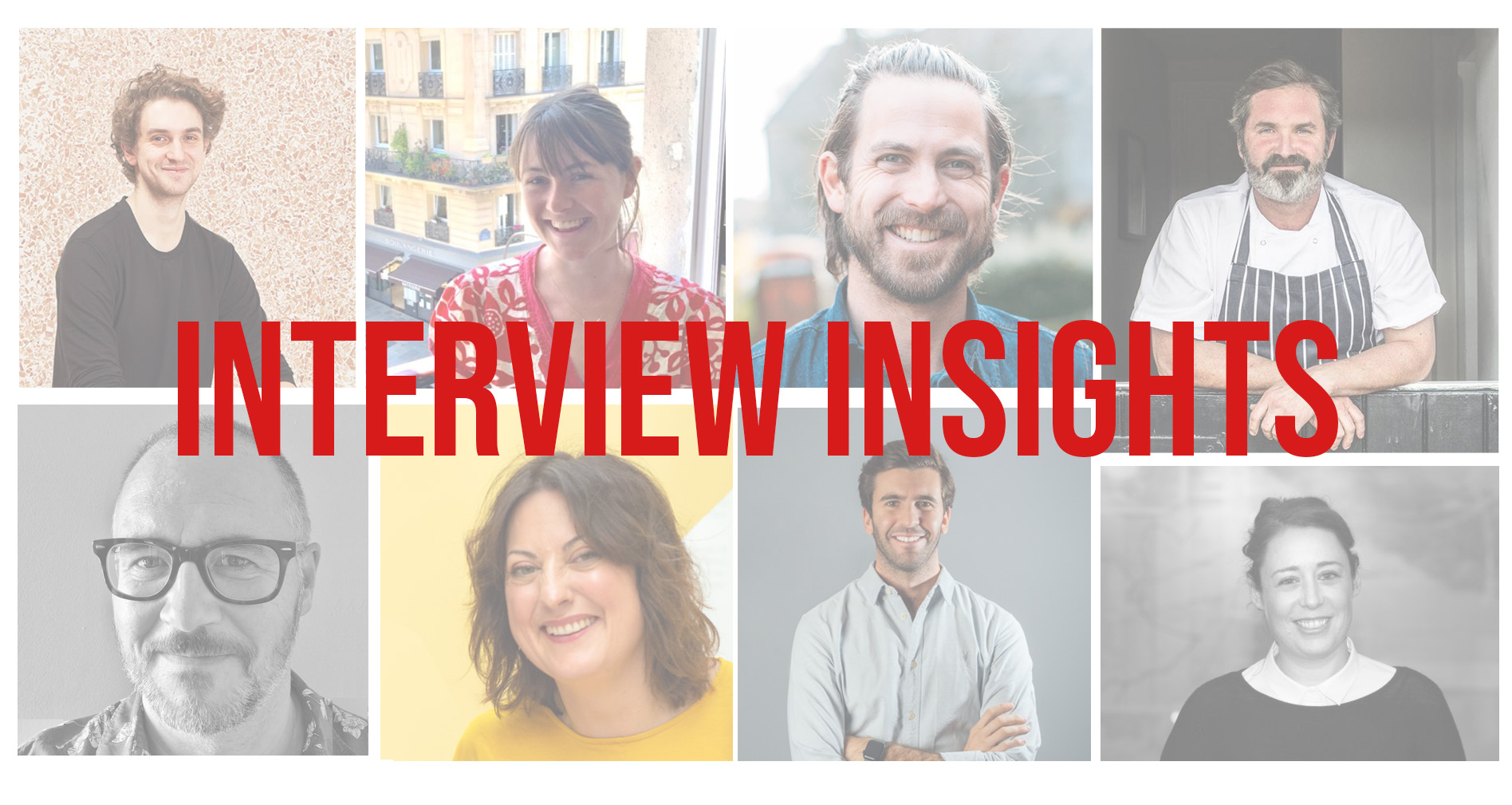
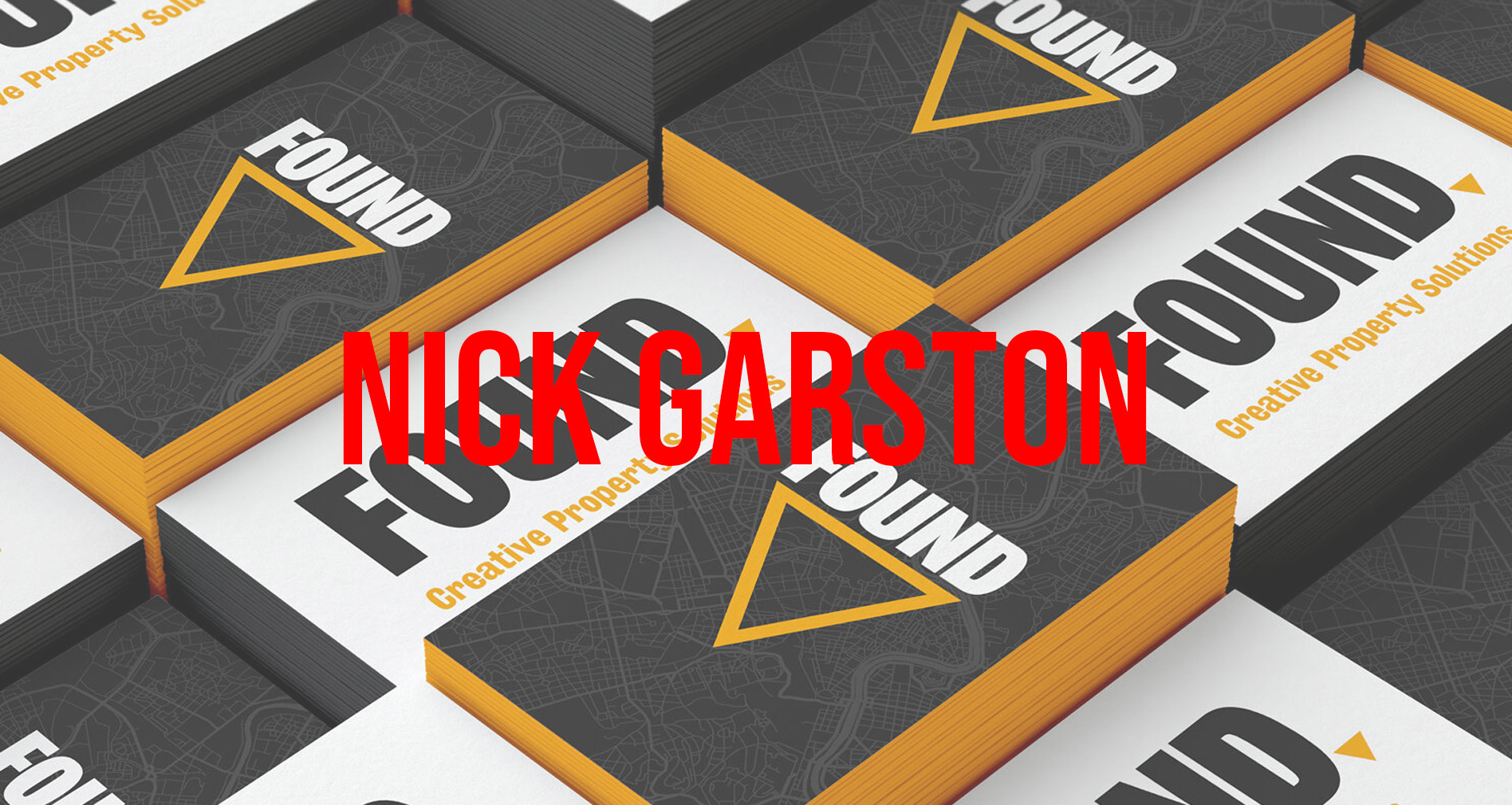
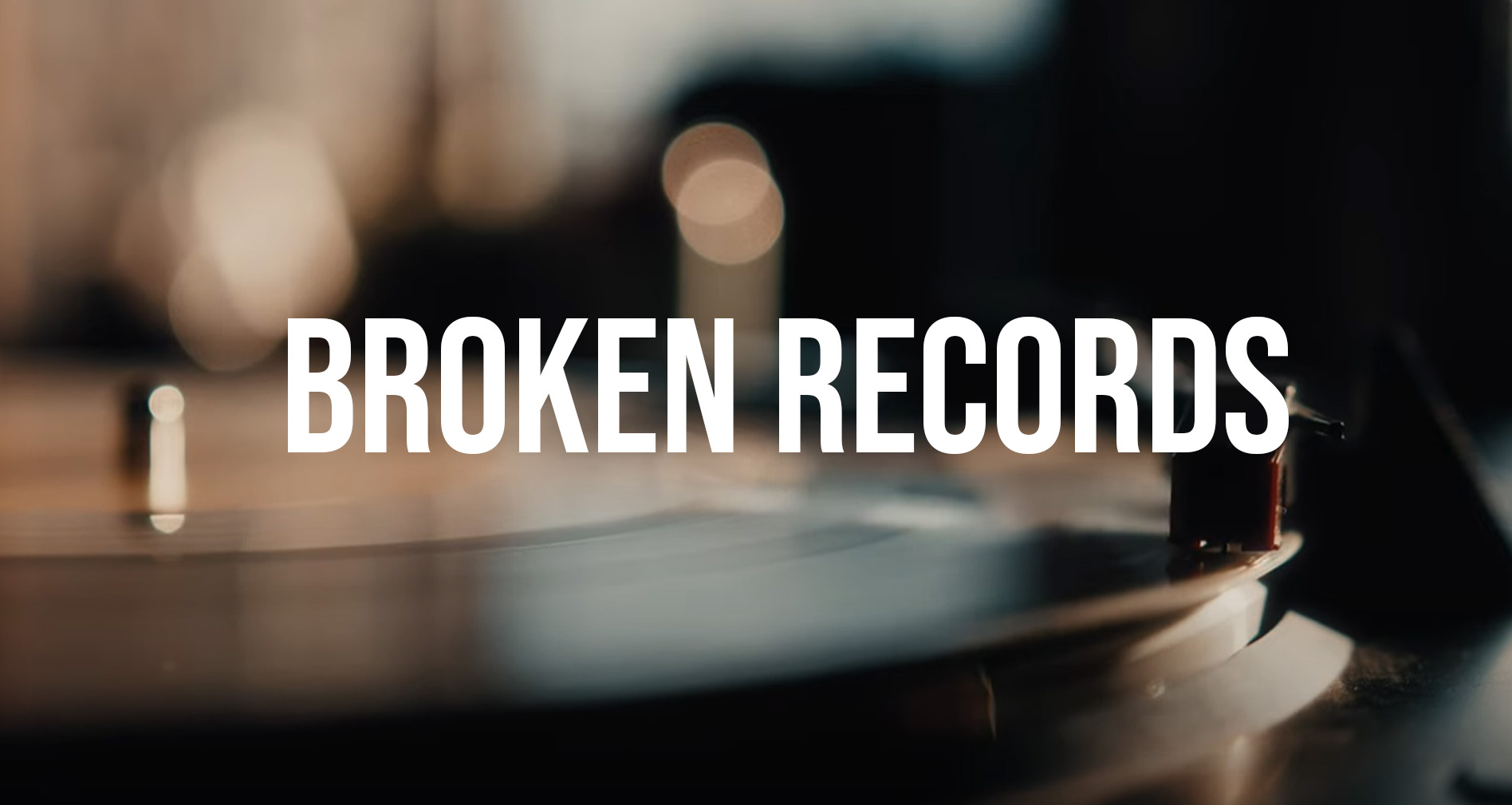
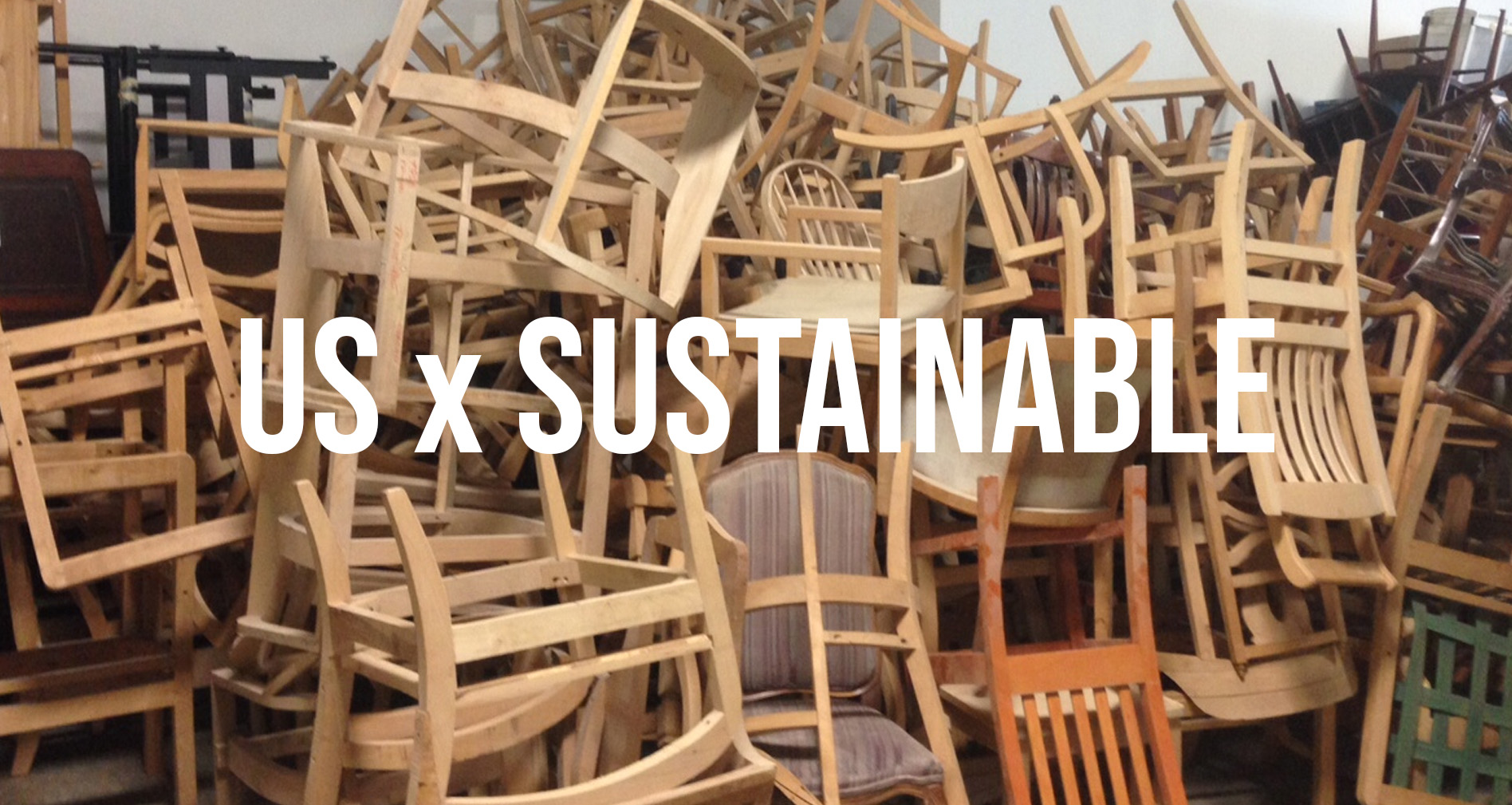
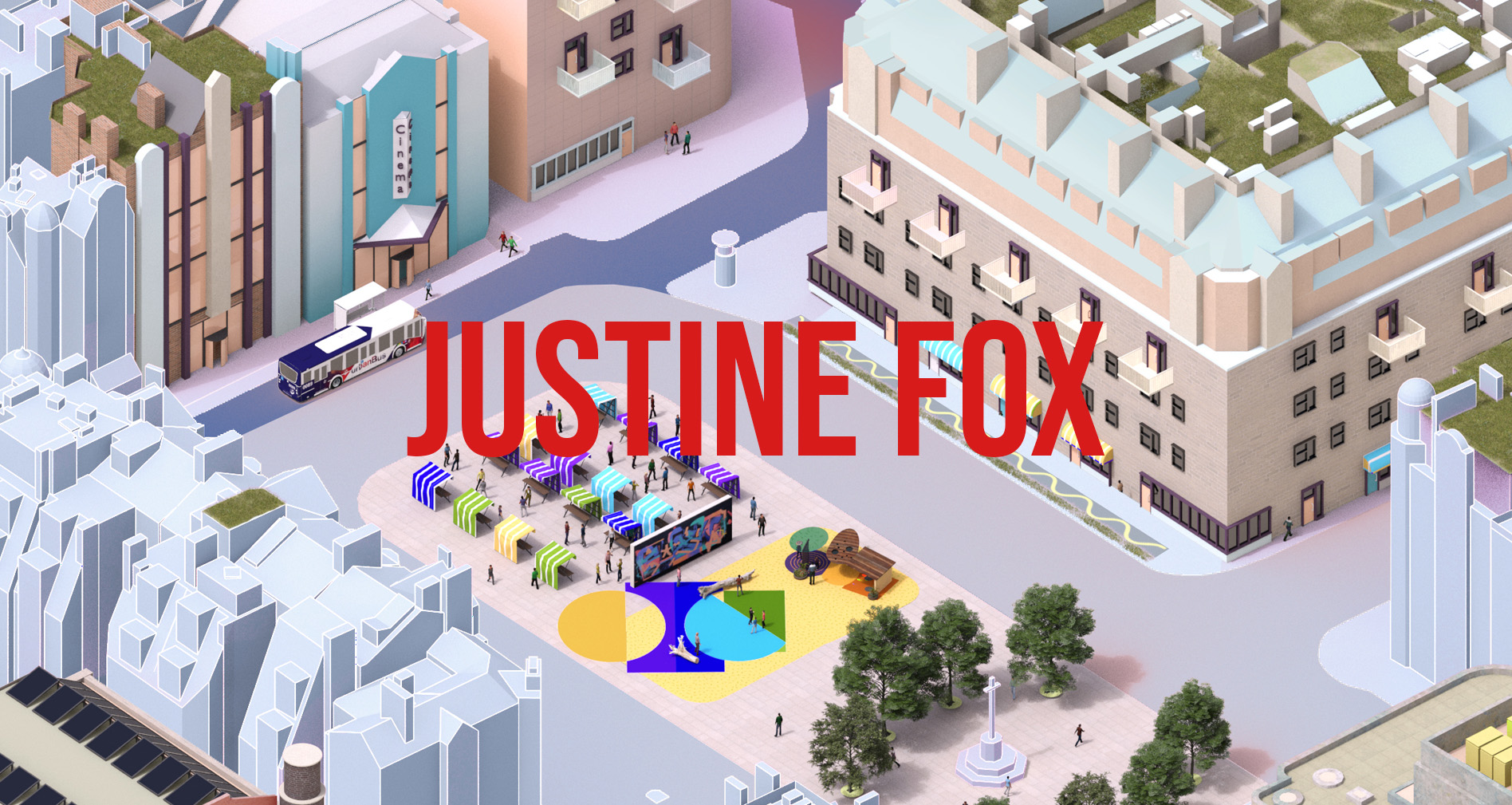
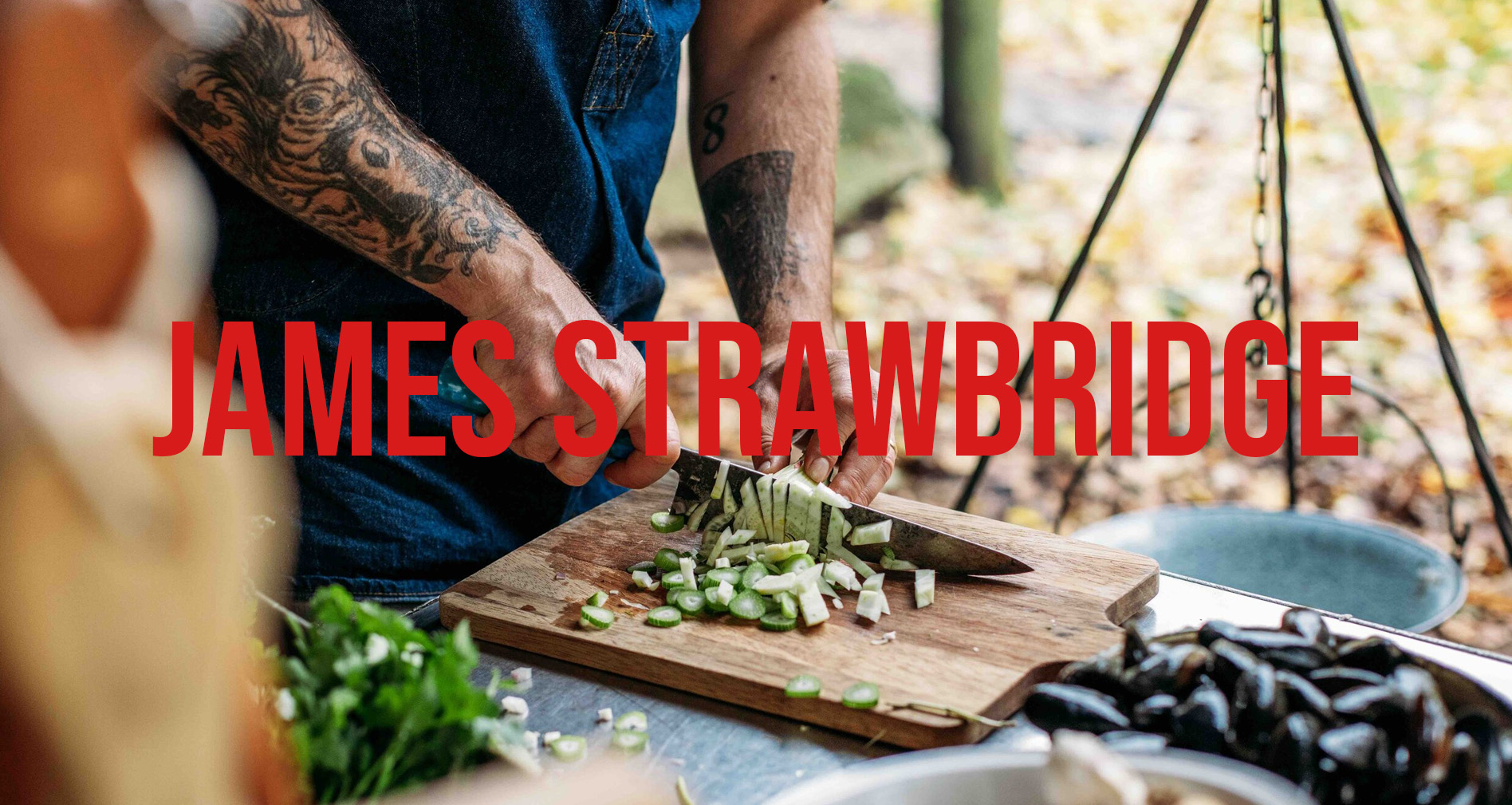
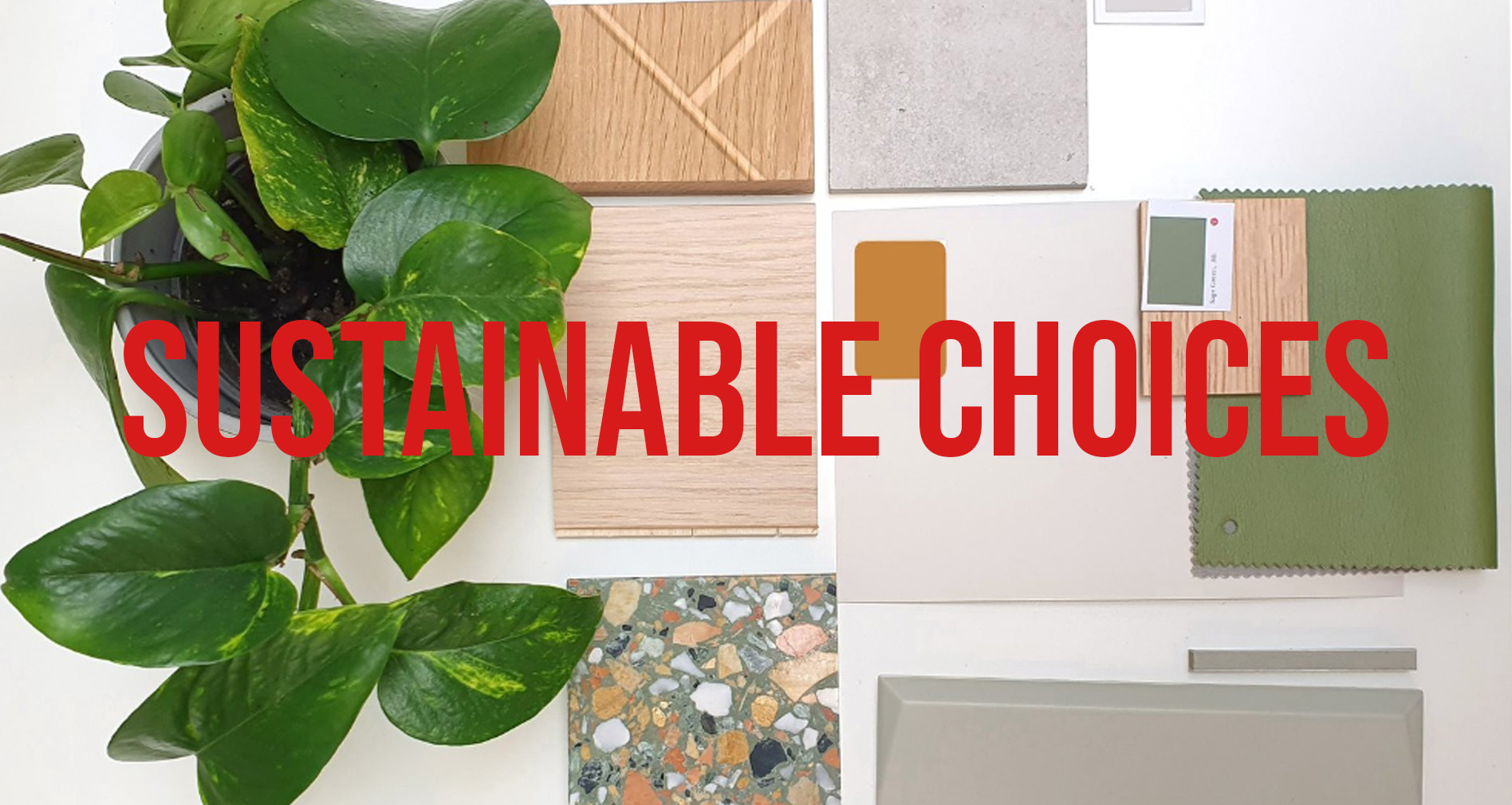
We were extremely proud of co-founder John Miller being featured in this documentary: Sustainability: A Broken Record launched by CUBE™, Design Insider, Commercial Interiors UK and NEWH UKThe documentary explores the word #sustainable and what it means to be sustainable.